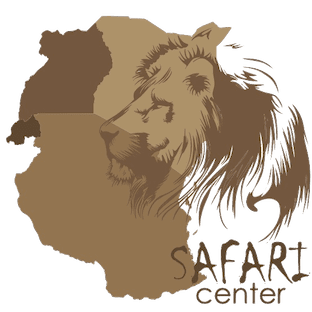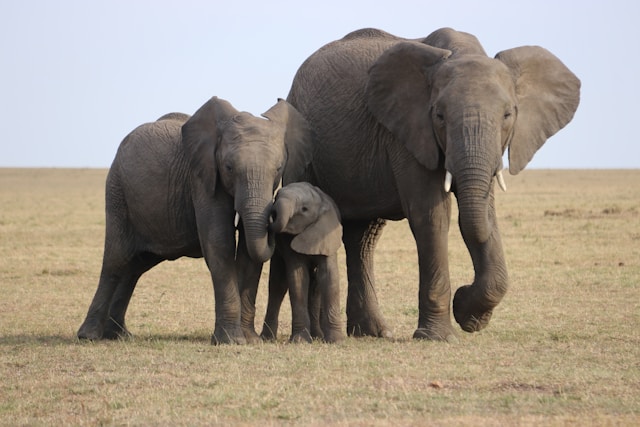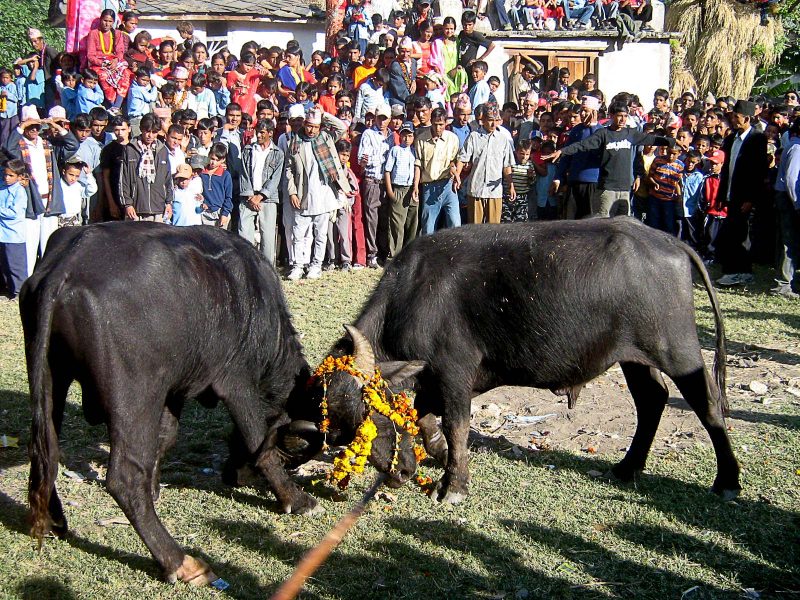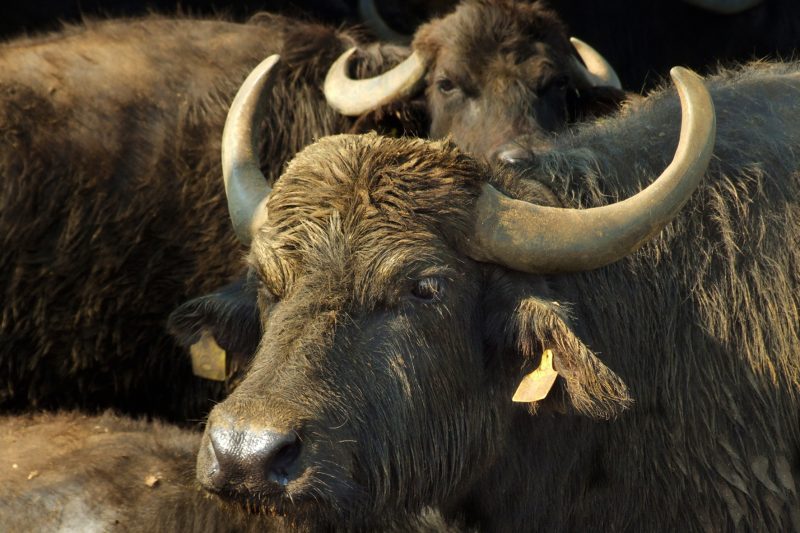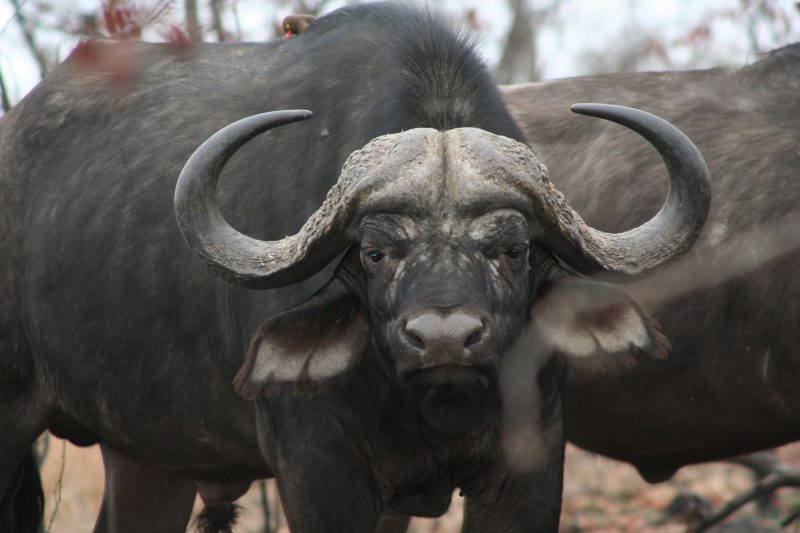Local Voices, Lasting Solutions: How Indigenous Communities Are Leading the Fight Against Poaching
For decades, the global fight against poaching has been framed as a battle between government enforcement and criminal networks. Helicopters, paramilitary patrols, and high-tech surveillance have become the face of conservation in crisis. Yet despite billions in funding and international attention, poaching persists—and in some cases, it’s getting worse.
But away from the spotlight and beyond the borders of formal game reserves, a quieter, more effective resistance is growing. It’s being led not by foreign NGOs or elite rangers, but by Indigenous and local communities—people whose lives are intertwined with the land and the species under threat. Their approach isn’t about confrontation. It’s about coexistence.
These grassroots efforts are redefining what anti-poaching operations can—and should—look like.
Understanding the Indigenous Advantage
Indigenous communities are often portrayed in global conservation narratives as passive beneficiaries or victims of environmental harm. But this ignores a long-standing truth: Indigenous peoples have managed their ecosystems for generations, often far more sustainably than centralized governments or industrial stakeholders.
They know the migration routes. They understand animal behaviour. They can spot an outsider in the bush without binoculars. Their knowledge isn’t stored in reports—it’s passed through stories, rituals, and lived experience.
And when they’re empowered—not sidelined—they become some of the most effective stewards of biodiversity on the planet.
From Conflict to Collaboration
One of the most significant shifts in modern conservation is the move away from fortress-style protection—where wildlife areas are fenced off and patrolled by armed guards—toward community-based conservation models.
This transition recognizes that the people living closest to endangered species aren’t the threat—they’re the key.
In Kenya, community conservancies managed by local pastoralists have drastically reduced poaching incidents. In Namibia, communal conservancy programs allow villagers to directly benefit from wildlife tourism and sustainable hunting quotas. These profits are reinvested in schools, clinics, and community development.
The result? A powerful incentive to protect, not poach.
Instead of relying solely on external anti-poaching operations, these models build internal motivation—rooted in cultural pride, economic opportunity, and environmental stewardship.
Empowering Indigenous Rangers
A growing number of anti-poaching operations now include Indigenous rangers—local men and women trained in wildlife tracking, data collection, and patrolling. These rangers operate in places where state enforcement often struggles to maintain a consistent presence.
In Australia’s Northern Territory, Aboriginal ranger programs have blended traditional fire management with modern conservation. In the Amazon, Indigenous patrols are using GPS devices to track illegal loggers and poachers. Their connection to the land isn’t tactical—it’s ancestral.
Women are also stepping up in powerful ways. Groups like the Black Mambas in South Africa and the Himba Women Rangers in Namibia are proving that conservation doesn’t need to be militarized to be effective. Their presence deters poaching while educating communities and engaging youth.
Real Outcomes, Real Impact
What makes these local initiatives stand out isn’t just their passion—it’s their results.
In Nepal, the Chitwan National Park saw zero rhino poaching for several consecutive years, thanks largely to the vigilance of surrounding communities and their coordinated efforts with park authorities. In Tanzania’s Yaeda Valley, the Hadza people have defended their lands against illegal hunting and deforestation by mapping traditional territories and negotiating directly with the government.
These aren’t just anecdotal wins. They represent a growing body of evidence showing that anti-poaching operations led by or deeply involving Indigenous communities often outperform top-down strategies in both impact and sustainability.
Why? Because people protect what they have a stake in. When conservation supports livelihoods, respects culture, and shares power, it becomes a way of life—not just a job.
Obstacles Still Remain
Despite the success stories, Indigenous-led conservation faces serious hurdles.
Many communities lack legal recognition of their land rights, making them vulnerable to displacement by commercial interests or state-backed development projects. Others struggle with underfunding, limited access to education, or historical marginalization that makes it difficult to assert their voice in national policy.
Furthermore, some well-intentioned international conservation organizations still fall into the trap of paternalism—imposing solutions rather than co-creating them.
For Indigenous conservation to thrive, it must be built on partnership, not paternalism.
A Path Forward: Supporting What Already Works
The future of conservation won’t be secured by more drones or tougher penalties alone. It will come from a deeper understanding of who is protecting biodiversity on the ground—and why they do it so effectively.
Supporting Indigenous leadership in conservation means:
- Securing land rights and legal recognition of traditional territories.
- Providing consistent funding to grassroots rangers and stewardship programs.
- Centering Indigenous voices in environmental policymaking and strategy.
- Respecting traditional ecological knowledge as equal to scientific methods.
By empowering local communities—not just hiring them—we turn the tide from reactive enforcement to proactive guardianship.
Final Thought: Conservation Begins at Home
Poaching isn’t just a threat to wildlife, it’s a threat to ecosystems, economies, and cultural legacies. But fighting it doesn’t always require more force. Sometimes, it requires listening more closely to the people who’ve been protecting these lands all along.
Anti-poaching operations rooted in Indigenous knowledge and community values aren’t just efficient; they’re deeply human. They remind us that real conservation isn’t about control; it’s about connection.
And in a world desperate for sustainable solutions, that might just be the most powerful weapon we have.
